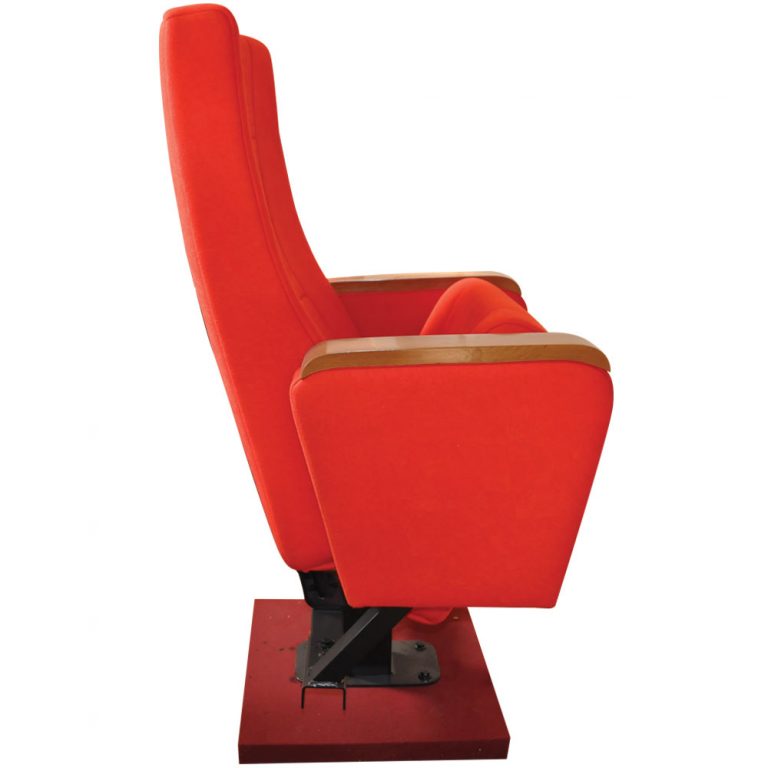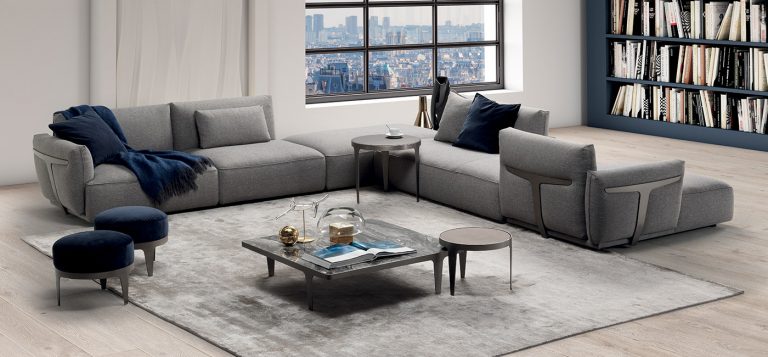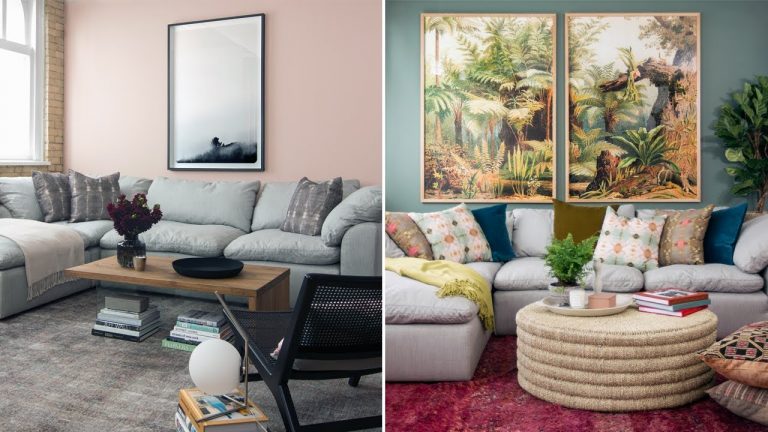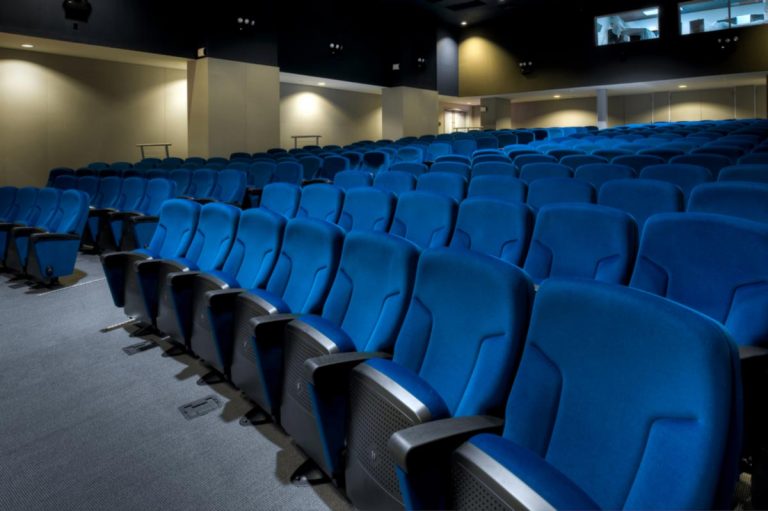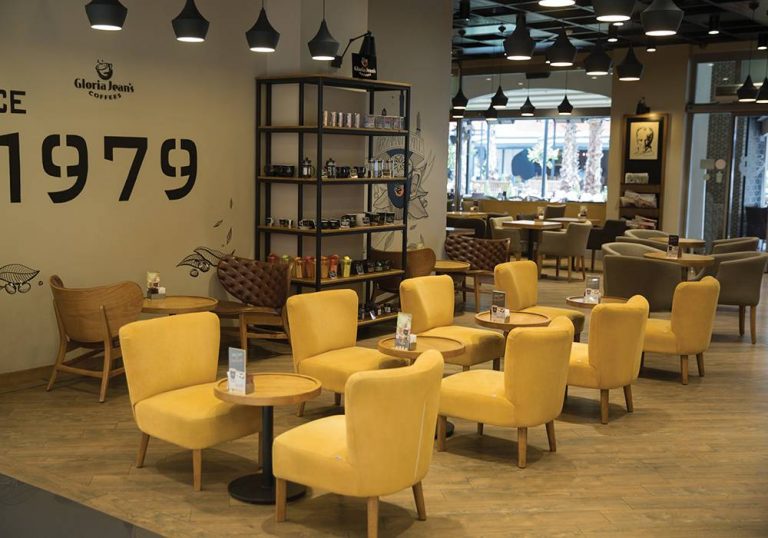One of my favorite televisions programs, which I used to follow from its first airings, was Project Runway. What I liked about this program was that it reflected tough challenges, causing designers to develop pioneering ideas so they could compete in a highly competitive market. With his famous slogan "MAKE IT WORK" and "I need you to WOW the judges," Tim Gunn instills courage in each designer, stimulating their creativity to the utmost. Go-getters, in one way or another, have a plan or a goal which they wish, to acquire or accomplish in life and their commitment and positive attitude push them to try to achieve no matter what. This is all well and dandy, but for other people, they may have a goal, but they can be their own worst enemy at times, presenting internal or external obstacles that might not even exist or aren't that big of a deal. Some individuals sell themselves short, underestimating their own capacity to succeed in life, and fail to take the right paths, the ones that would lead them to fulfillment.
I am a woman with a positive mental attitude who strongly agrees with Jack E. Addington, in that "almost no goal is impossible of attainment if you can accept it as being within the realms of possibility." Although I am not claiming to be an expert on the subject of achieving goals, based on my personal experience, knowledge and study, I believe I can be an influential tool in helping others to find their way in following their dreams, by setting goals and making them work.
I have put together these thoughts, which I hope everyone in one way or the other will find useful.
Set Your Goal and Stay Focused
This is extremely crucial. One must keep their attention focused on their purpose, whatever that may be. We need to be less intense and more relaxed during this process. Sometimes in our desire to achieve a goal, we become impatient, wanting immediate results, and when it does not happen when we want it to happen, we become discouraged. For example, a planted seed in soil does not develop into a tree overnight; it takes time and the proper attention to produce the tree, and even more time and attention for that tree to yield the desired fruit. Naturally in today's ruthless corporate world, there is no such thing as patience; everything has to be done at the snap of a finger, because of the significant financial investments that are at risk. I am only referring to the person who wants to perform his or her intention. From my experience, the one thing which I have learned is that not everyone is as excited as you are with respect to your goals. Never assume that because they are a friend or a relative, they will be helpful. If it does not fit with his or her area of thinking, (often because of jealously or control), then a negative attitude will be projected, which may influence your thoughts one way or the other, knocking all the wind out of your sails. Only if, the project is part of a joint venture is it safe to talk about it, otherwise learn to manage to keep your mouth shut, do the project and let the outcome speak for itself. When you are clear about what you want, do not worry about it at all. Also, do not keep going from one person to the other asking for their opinion. If you are expecting some enthusiastic ovation, or a "hats off to you," as they say, in New York, "Fugheddaboudit" … When you stay focused, on your goal, and maintain a positive attitude, you become a magnet attracting the right opportunities, the right people, and favorable situations, situations which will help you to bring your vision to successful completion.
Never Reject Ideas or Information
Hidden deep within us is a remarkable and inexhaustible source of innovative ideas. Musicians, authors, scientists, inventors, designers, artists, etc., over the centuries have successfully tapped into and have learned to rely on and hone these ideas. Some might say they are an illumination, an impression, a hunch or a divine inspiration, something that suddenly appears and leaves just as quickly. Oftentimes, these ideas will pop into one's mind when least expected, usually as soon as one ceases to look for them. A person could be at work, driving a car, doing housework, on the computer, or even watching TV when this happens. One cannot rely on memory when that inspiration comes. Many brilliant ideas have been lost that way. That is why the creative person should always have their cell phone to text the ideas to themselves or a pad and pencil handy at all times.
Several years ago, when I was a song writer / performer, I think you would have called me a scribbler. I was always reproducing my thoughts on paper before they would die. Many a time I would be writing the lyrics or the melody of a song, moving at a relative speed, when suddenly the source of inspiration would seem to run dry, and no matter how hard I tried to resume the tempo, it would be gone . I would feel frustrated and lost. Before I would go to bed, I would dwell on what I was trying to accomplish at the time when the flow of creativity had stopped. After a decent night's sleep, I looked forward to my usual strong steaming cup of coffee. Now that, I was fully awake, I noticed that the thoughts that I was in need of before I went to sleep were running through my mind again. It was weird, as if there were some activity going on while I was sleeping. Naturally, the first thing I did was to grab my pencil and pad and quickly produce those thoughts down.
It is necessary to be versatile. When these ideas come, do not condemn them or reject any of them because they do not fit into whatever you are doing, because it will cut off the flow of creativity. Sometimes, within the knowledge that one receives, there are hidden clues like street signs that may lead to avenues that will lead you to accomplishing your goals. As they say, "The devil is in the details". Save and jot down whatever thoughts may come to you without eliminating any. There will eventually be a time when you think to some level that you have enough thoughts or ideas written down, and then you can be critical as to what you want to use, eliminating or storing the rest for future reference.
Be organized; create an Outline
Creating an outline or a plan is especially useful in trying to achieve goals. It organizes one's thoughts and ideas, thus establishing some order from chaotic insight or inspiration; otherwise, one will lack direction, like a boat without a paddle, drifting aimlessly, going nowhere. The designer does a sketch of what he or she wishes to reproduce in a life-sized portrait. The architect has his blue prints. The writers have their outlines and research to guide them. As the composers create musical pieces, they produce the progress of their thoughts on a sheet. Every creative person has some way of grouping their ideas or thoughts. When one opens a book, there is a table of contents, where the author will lead you from start to finish. By the time you finish reading, you will decide if it is an enthralling or a dull book, the best seller or a book doomed for the waste basket.
This brings to mind my High School English teacher, whom I respected immensely. I can still remember her face, but not her name. She always cared about her students and strove to bring out the best in them. As a class assignment, I had to make a speech. One part was performing artistically in the auditorium. I had developed confidence in this part from the constant rehearsals. It came easier to me compared to giving a talk based on my own original material. That was not my cup of tea, especially with grammar being my ineptitude at the time. Fear began to settle in, fear of failure as well as fear of being ridiculed. I knew I had to do it, because I was being graded on my speech. I shared my concern with the teacher. I must say she had a calming effect on me. She gave me some advice as to how to complete the assignment. She told me to make a sketch of my thoughts in the order that I wanted to mention them. Then, if I was satisfied with the results, I should go over it several times for it to be embedded in my mind. Then I should stand in front of a mirror and make my speech over and over. She stressed that I should make sure that my facial expressions harmonized with what I was talking about. Another thing she pointed out was that I should not read the words, but should look at the audience at all times, only briefly referring to my outline. The more I would recite it, the more confidence I would develop.
This certainly was an excellent nervous-tension taming experience for me. I must admit, the day I had to deliver my speech, I was a totally different person; my Self consciousness had vanished and true Self confidence had taken hold. I am pleased to say that I did get a fairly decent mark on my speech, despite my fault in grammar. Little did my English teacher know at the time how useful this information would become to me in my years of being a song writer and performer. Even as, a web-site administrator, creating an outline is highly critical, in order for the viewer to find information or to know what your website is all about.
So my dear reader, the bottom line to all of this is that you MUST have an unwavering faith. Never lose sight of your goal or cease to be persistent, despite what happens. You must continue to have an unwavering thinking that you will eventually succeed, despite all outward setbacks and obstacles. Be a person who has certainty of purpose and direction. This is one of my favorite Jack E. Addington quotes:
"In order for you to achieve whatever you set out to do, you must believe in whatever you wish to achieve, accept its possibility and confidently expect it to be realized."
So then why are you waiting? Go for it! MAKE IT WORK! WOW them all. Who are they to tell you, you can't reach or find the way to your dreams? They don't hold the map. You do … And that map will bring you where you want to go if you take notes and plot a course along the way, that way, you won't waste time backtracking through empty roads you've been down before. You'll see the path in the notes you've taken that will lead you where you want to be.
Good luck!

